Understanding the Benefits of Energy Efficient Windows and Siding for Your Home
In today's environmentally conscious society, the importance of energy-efficient home solutions, particularly windows and siding, cannot be overstated. According to the U.S. Department of Energy, energy-efficient windows can reduce energy bills by an average of 12%-15% annually, showcasing their substantial long-term financial benefits. Furthermore, the National Association of Home Builders reports that high-performance siding not only enhances a home’s aesthetic appeal but also contributes significantly to energy conservation, potentially saving homeowners an estimated 20%-30% on heating and cooling costs. This guide delves into the unique benefits of implementing energy-efficient windows and siding, offering insights into cost savings, environmental impact, and increased home value—all critical factors for homeowners looking to optimize their living spaces while making an eco-friendly choice.

Understanding the Importance of Energy Efficiency in Home Design
Energy efficiency is becoming increasingly vital in home design, particularly as homeowners seek to reduce energy costs and minimize environmental impact.
According to the U.S. Department of Energy, homes with energy-efficient features can reduce energy bills by up to 30%, contributing to significant long-term savings.
This is particularly relevant as energy prices continue to fluctuate, making efficient home design not just a trend but a practical necessity.
Incorporating energy-efficient windows and siding not only enhances the aesthetic appeal of a home but also improves its overall energy performance.
The Lawrence Berkeley National Laboratory reports that energy-efficient windows can save an average of $126 to $465 annually, depending on the climate and home design.
Furthermore, insulated siding can reduce heating costs by up to 20%, contributing to both comfort and lower utility bills.
As homeowners become more environmentally conscious, investing in energy-efficient home features not only provides immediate benefits but also increases property value in the long run.
Identifying the Key Features of Energy Efficient Windows
Energy-efficient windows are a smart investment for homeowners seeking to improve their living conditions while reducing energy costs. According to the U.S. Department of Energy, energy-efficient windows can reduce energy bills by 7 to 15 percent, significantly lowering heating and cooling expenses. These windows are designed with advanced technologies such as double or triple glazing, low-emissivity coatings, and gas fills that enhance insulation. This helps maintain a consistent indoor temperature by minimizing heat loss in winter and keeping spaces cooler in summer.
Key features of energy-efficient windows include a strong frame material and an effective spacer system. The National Renewable Energy Laboratory states that choosing windows with a high Energy Star rating can yield up to 30% savings on energy bills when compared to non-rated models. Additionally, features like argon or krypton gas fills between panes greatly diminish thermal transfer, while low-E coatings reflect infrared energy, thus contributing to an overall more comfortable and energy-efficient home environment. By understanding these key features, homeowners can make informed decisions that not only enhance their home’s aesthetic appeal but also promote sustainability and cost savings.
Understanding the Benefits of Energy Efficient Windows and Siding for Your Home - Identifying the Key Features of Energy Efficient Windows
| Feature | Description | Benefits |
|---|---|---|
| Low-E Glass | Windows coated with a microscopically thin layer that reflects heat. | Reduces energy bills by minimizing heat transfer, enhances indoor comfort. |
| Double or Triple Glazing | Windows made with two or three layers of glass for better insulation. | Improves energy efficiency and decreases noise pollution. |
| Energy Star Certification | Label indicating that the window meets strict energy efficiency guidelines. | Assures homeowners of quality and efficiency, potentially offering rebates. |
| Argon/Krypton Gas Fill | Inert gases used between glass panes to enhance insulation. | Reduces heat loss and improves the energy performance of windows. |
| Frame Material | Materials like vinyl, fiberglass, or wood that offer durability and insulation. | Enhances overall window performance and reduces maintenance needs. |
| Solar Heat Gain Coefficient (SHGC) | Measurement of how much solar heat passes through a window. | Helps in selecting windows that optimize natural light and warmth during winter. |
Exploring the Advantages of Energy Efficient Siding Materials
When considering the exterior of your home, energy efficient siding materials can offer significant benefits beyond aesthetics. According to the U.S. Department of Energy, homes with properly insulated and energy-efficient siding can save homeowners up to 20% on their annual heating and cooling bills. This is especially true when materials such as fiber-cement or insulated vinyl are chosen, as they provide superior thermal performance compared to traditional siding options. By reducing heat loss in winter and minimizing heat gain in summer, energy-efficient siding plays a crucial role in maintaining a comfortable indoor environment.
Tips: When selecting siding materials, look for options with a high R-value, which denotes better insulation properties. Additionally, consider products that are certified by the Energy Star program, as they meet strict energy efficiency guidelines, ensuring long-term savings. Maintain regular inspections to check for wear or damage, which can diminish the energy-saving benefits.
Furthermore, the right siding not only enhances energy efficiency but also contributes to the home’s overall value. According to the Remodeling 2020 Cost vs. Value report, investing in high-quality siding can yield a return on investment of up to 75%. This means that choosing energy-efficient materials is not just about reducing utility bills; it’s also a smart financial decision that can increase your home's marketability.
Calculating Cost Savings with Energy Efficient Installations
When considering energy-efficient windows and siding for your home, understanding the cost savings is crucial. By investing in these installations, homeowners can expect to reduce their energy bills significantly. Double or triple-pane windows can provide better insulation, preventing heat loss during the winter and keeping your home cooler in the summer. This means less reliance on heating and cooling systems, leading to lower energy consumption and costs over time.
Tips for calculating your savings include evaluating the current energy costs and estimating the potential reduction after installing energy-efficient windows and siding. For a more accurate assessment, consider using a home energy audit service. These professionals can pinpoint areas where energy is wasted and help you understand how much you could save with new installations.
Another important tip is to explore available rebates and tax incentives for energy-efficient upgrades. Many local and federal programs exist to support homeowners making eco-friendly renovations, further enhancing your cost-saving potential. By calculating your savings upfront and taking advantage of incentives, you can make a more informed decision about investing in energy-efficient solutions for your home.
Assessing Environmental Impact and Sustainability Benefits
Energy-efficient windows and siding play a crucial role in enhancing the sustainability of our homes while minimizing environmental impact. By reducing energy consumption, these upgrades decrease the reliance on fossil fuels, significantly lowering greenhouse gas emissions. Energy-efficient windows, for instance, utilize advanced glass technologies and insulated frames that minimize heat loss during the winter and keep homes cooler in the summer. This helps in maintaining a comfortable indoor climate without overburdening heating and cooling systems.
Moreover, sustainable siding options, often made from recycled or sustainably sourced materials, contribute to a home’s longevity and durability, reducing the need for frequent replacements that generate waste. These materials are designed to withstand environmental stressors, thus prolonging their lifespan and decreasing the frequency of repairs or replacements. Such practices not only benefit homeowners through reduced energy bills but also contribute to broader environmental goals, promoting responsible resource use and fostering a healthier ecosystem for future generations.
By investing in energy-efficient windows and siding, homeowners can significantly lessen their environmental footprint while enjoying the long-term benefits of sustainability.
Related Posts
-
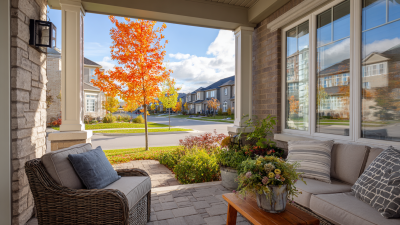
Maximize Energy Efficiency: The Top 5 Benefits of Upgrading Your Residential Windows in 2023
-
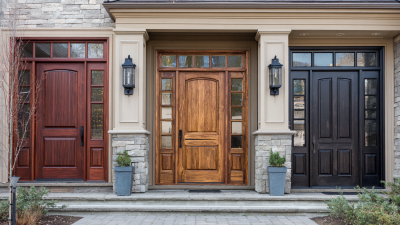
The Ultimate Guide to Choosing Exterior Front Doors That Enhance Curb Appeal and Energy Efficiency
-
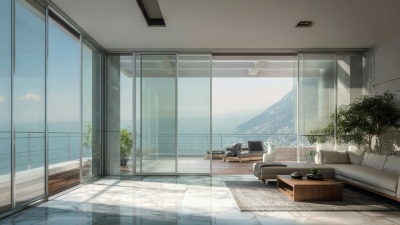
Unlocking the Benefits of Sliding Doors for Modern Home Design
-
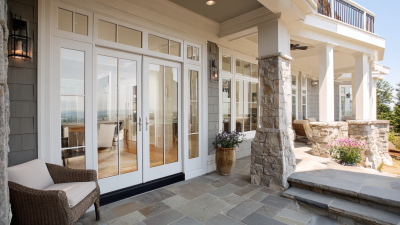
Enhance Your Home Aesthetic with Energy Efficient Patio Doors for Ultimate Comfort
-
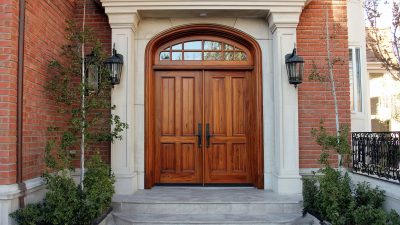
Transform Your Home's Curb Appeal with Stunning Exterior Front Doors: A Comprehensive Guide
-

The Ultimate Guide to Choosing Stylish Patio Windows for Your Home
